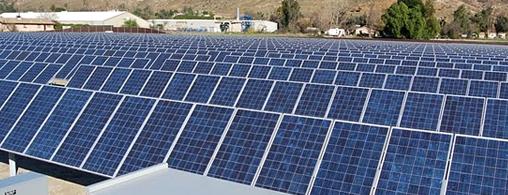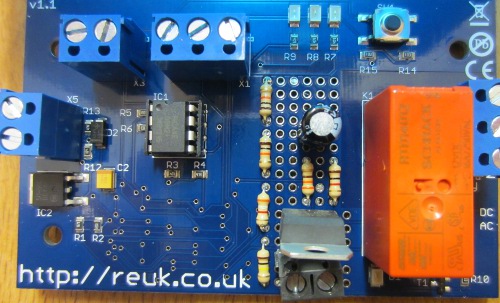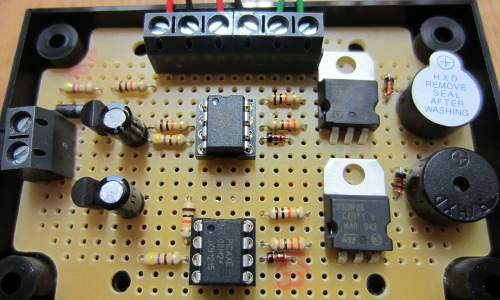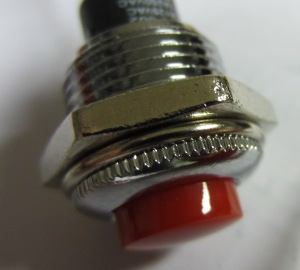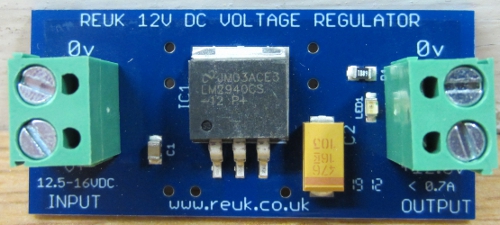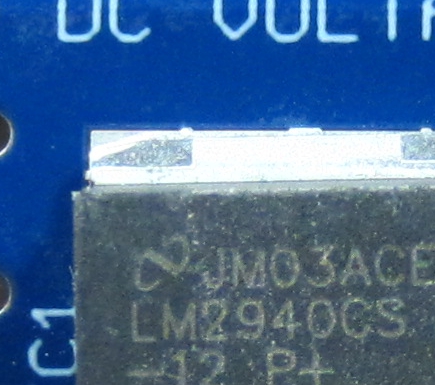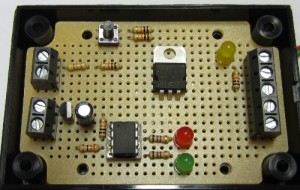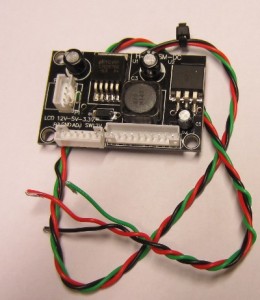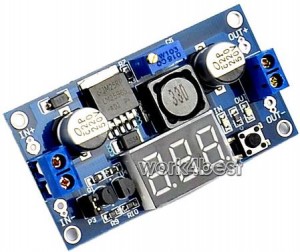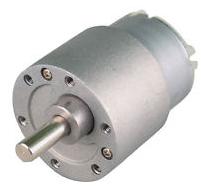The prices of photovoltaic solar panels (PV) have been falling consistently for years, and particularly for the last couple of years. The success of generous feed in tariffs in Germany first and subsequently in the UK amongst other countries greatly increased the demand for PV solar panels, demand which was rapidly met by new Chinese manufacturers.
Thanks to large government subsidies solar panel manufacturing boomed in China with companies such as Yingli and Suntech selling more and more PV panels at lower and lower prices grabbing well over three-quarters of the world solar market. Panel prices are now a quarter what they were in 2007/8. Global manufacturing capacity is now over 60 Gigawatts per year, but demand in 2013 is predicted to be half that at just 25-30 Gigawatts.
Subsidised over-production resulted in panels effectively being sold at a loss and now many of China’s 500+ solar module manufacturers are deep in debt and facing bankruptcy with no sign of a bail out from the government. It is likely that there will be many business closures, consolidation, and reductions in supply in the coming months and years as the market adjusts itself.
At the same time commercialisation of new technologies which offer more efficient solar panels which can be made more efficiently, more cheaply (with future economies of scale) and with less damage to the environment has been delayed because consumers’ demand has been met with the (unsustainably) cheap conventional silicon PV modules.
Even with the latest manufacturing processes, cheap labour, and government subsidies, existing technology solar PV is still more expensive than fossil fuels. Until there is commercialisation of more advanced solar PV technology we will not see PV compete on a level playing field (i.e. without subsidies) and beat fossil fuels on price.
Therefore although in the short term we can expect solar module prices to level or even rise a little, this will finally open the door to the commercialisation of new technologies currently waiting in the wings (e.g. thin-filmsolar panels) which in the medium/long term will finally give us economically sustainably low-priced fossil fuel beating panels.
